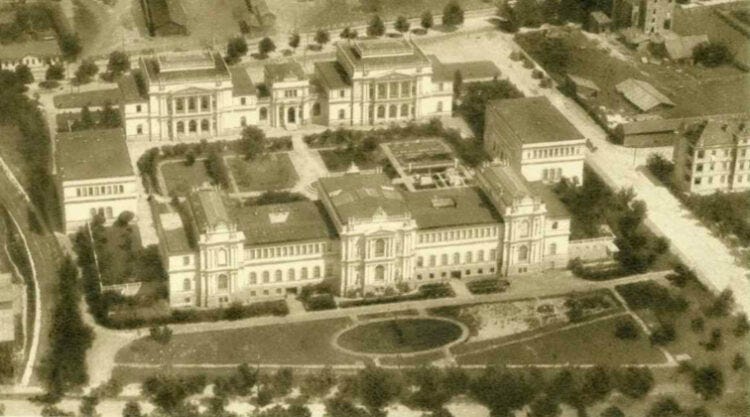Some exciting news: I’ve got subscribers from 9 different countries in the first two weeks of this newsletter! Leave the comment below in your own language, and let’s celebrate cultural and linguistic diversity!
In 1894, Josef R. Kohen walked into the newly established National Museum of Bosnia and Herzegovina in Sarajevo. He was carrying a small book bound in leather. His father had recently died and as his family faced financial troubles, he wanted to sell the book. He claimed that the book was a family treasure and that it belonged to his ancestors who were expelled from Spain in 1492. The book was written in Hebrew and it was meant to be read during Passover, the Jewish holiday that commemorates the Exodus, the liberation of the Israelites from their four-hundred-year captivity in Egypt. This handmade manuscript was richly illuminated with the scenes from the Books of Genesis and Exodus.
Its pages had absorbed not only inks and paint, but also drops of wine from past Seder dinners, the laughter of its owners, stories told on Passover, hopes for redemption and fears of expulsion.
The splendid world of illuminations, floral and zoomorphic ornaments, decorated word panels and bright colours impressed the director of the National Museum at the time, and soon after, the manuscript was acquired.

The manuscript was catalogued as “a Hebrew codex from XIV – XV century,” and in the following year, 1895, it was taken to Vienna, the capital of the Austro-Hungarian Empire, which ruled Bosnia at the time. In Vienna, the royal scholars conducted a detailed study of the manuscript and renamed it “the Sarajevo Haggadah”, as it is universally known today.






The story of the travels, rescue and hiding from the Nazis of the Sarajevo Haddadah is a riveting one. I love every snippet of the journey you tell us. Thank You. It is everyone's history.
Your words are good news, and I am happy for you. Let's the pot grow. The more diversity the better.
Good post!